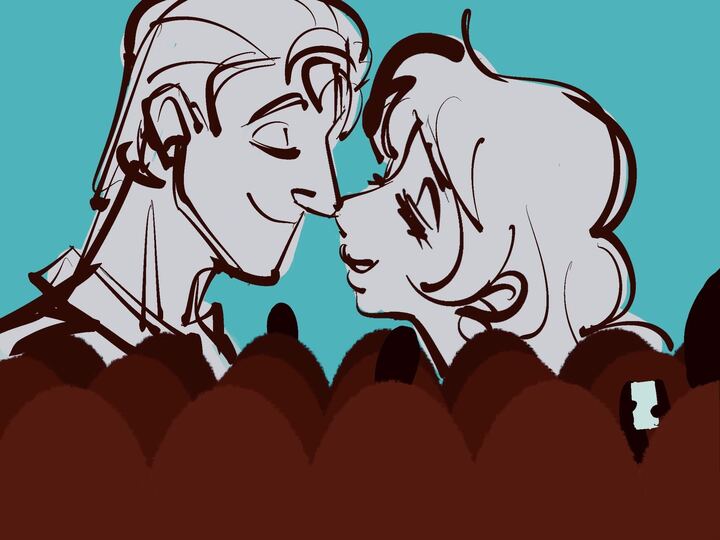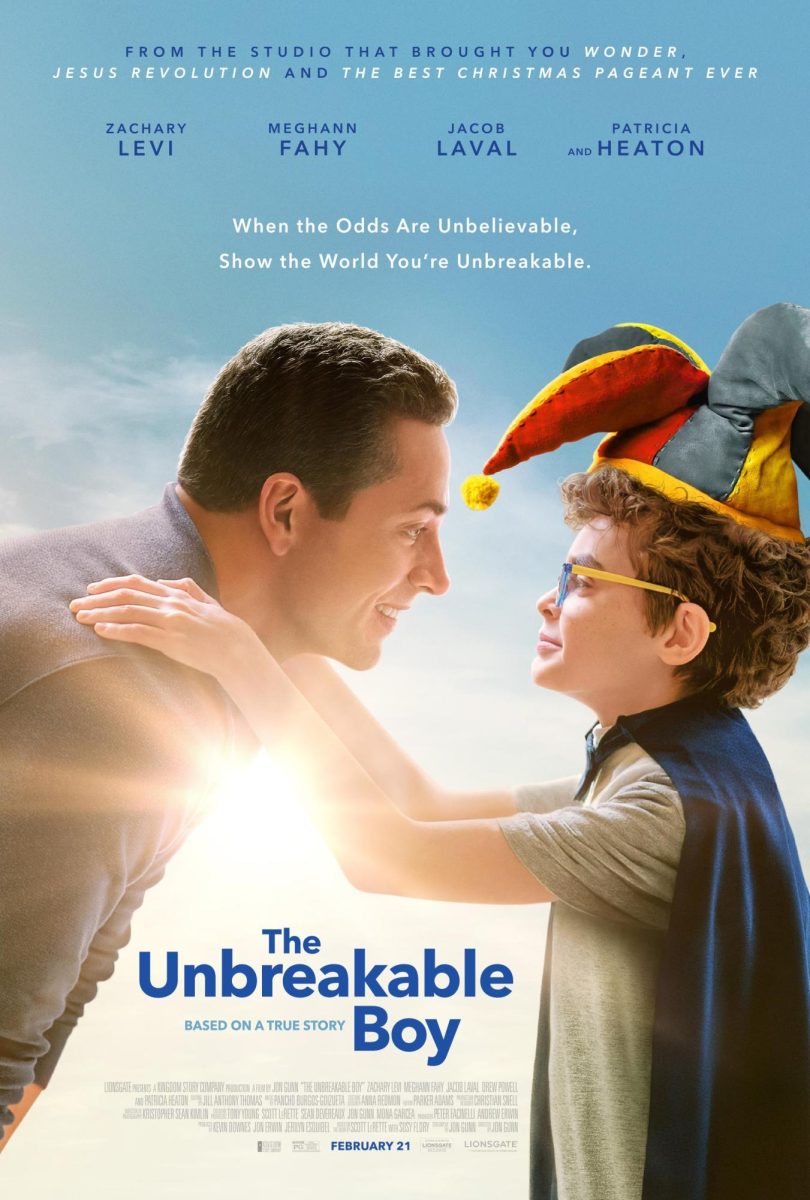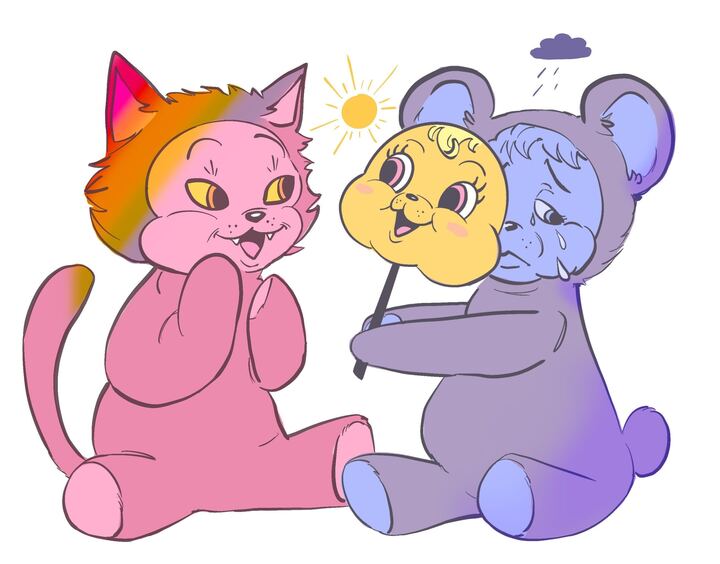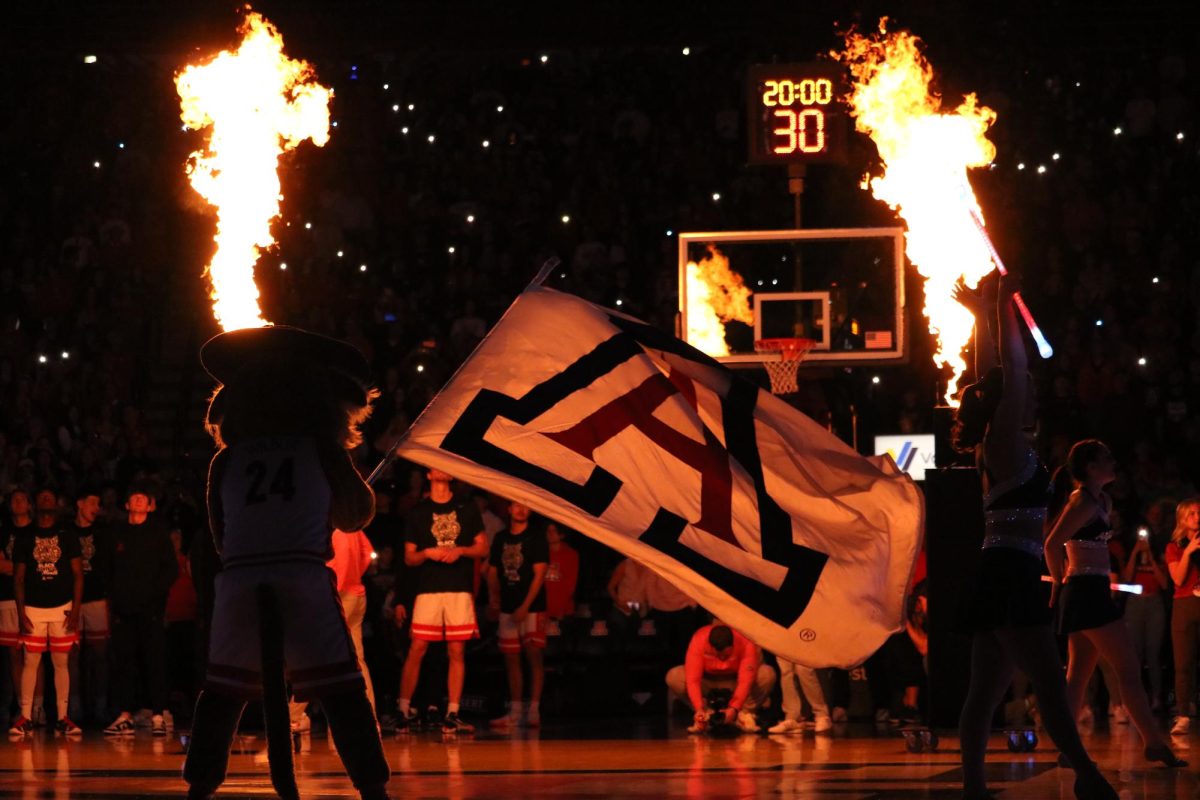When I was in middle school, I wasn’t a fan of romantic comedies. I hated them. This might seem a little harsh, but I felt they were incredibly unrealistic. Love wasn’t supposed to happen so easily and have a perfect soundtrack playing in the background, right? That was until I stumbled upon Damien Chazelle’s near-masterpiece, “La La Land.”
While “La La Land” isn’t a traditional rom-com, it captures the essence that great films of this genre are built on — dreams, love, heartbreak and, most importantly, hope. The screenplay feels like a real story floating somewhere out there, almost tangible, because it showcases relatable characters navigating the ups and downs of love and ambition, just like us, minus the musical numbers — though I wish they were real.
Rom-coms are meant to reflect the magic in everyday life, where reality and fantasy blur just enough to make you believe in both.
If we’re talking about rom-com masterpieces, we can’t ignore the golden standard, “When Harry Met Sally.” In 1989, audiences were met with one of the best romantic comedies to ever exist. The chemistry between Billy Crystal and Meg Ryan was so authentic that you believed every moment of their journey. It wasn’t about flashy moments or grand declarations — it was about the slow, sometimes awkward unfolding of a real relationship. You didn’t just root for Harry and Sally; you felt them.
The beauty of rom-coms like “When Harry Met Sally” is in their simplicity. They don’t try too hard; they let the story breathe, allowing the characters and relationships to evolve naturally.
Sadly, it feels like modern romantic comedies have lost that spark. Many recent films, such as “After” or “The Kissing Booth,” seem more focused on big names and celebrity appeal than the art of storytelling. Even the Academy Awards are adding a new section dedicated to recognizing a film’s casting choices. Yes, the 1990s had their heartthrobs too, but there was substance beneath the charm. Younger audiences, such as Gen Z, should not be disillusioned with these mediocre cash grabs. This sense of storytelling leaves this generation and those incoming with a horrible example of what love looks like, whether it be emphasizing a relationship that lacks trust but romanticizes temporary yearning or one that displays stereotype after stereotype. This creates a negative cycle within society and directors get away with it because, for example, Jacob Elordi may be a cast member.
Gen Z, growing up in the age of social media and endless entertainment options, often gets fed this fast-food version of love — quick, dramatic and shallow. Movies that show toxic relationships as passionate or whirlwind romances as the ultimate goal can warp our idea of what love should really look like. We’ve started to expect fireworks in every relationship and when real life doesn’t deliver, it’s easy to feel disappointed or confused. We’re missing out on the beauty of relationships that grow slowly, with awkward pauses, real conversations and the kind of moments that don’t make for a viral TikTok but stay with you long after.
Today’s films sometimes prioritize star power over storytelling, banking on big names to carry weak scripts. The beauty of the 1990s rom-coms was that the actors weren’t the reason you watched — they were part of the magic, but not the whole.
Rom-coms at their best are about feeling something deeply, even if just for a moment. The story came first. That’s why these films endure. They remind us that love, in all its messiness and simplicity, doesn’t need to be flashy to be unforgettable. This form of art is something that Gen Z desperately needs and is something that all of society needs to be reminded of.
Follow the Daily Wildcat on Instagram and Twitter/X

Valeria Nalani is a student at the University of Arizona studying Business Management.









